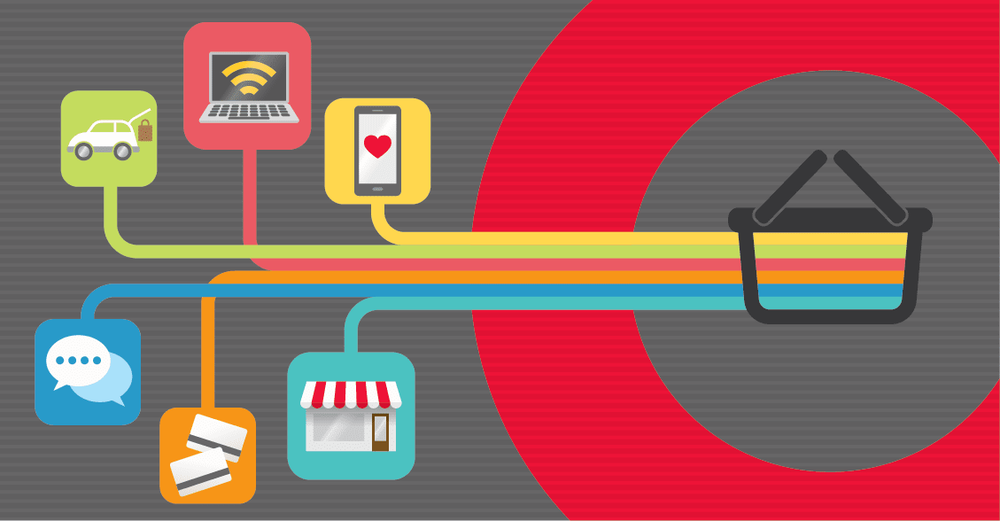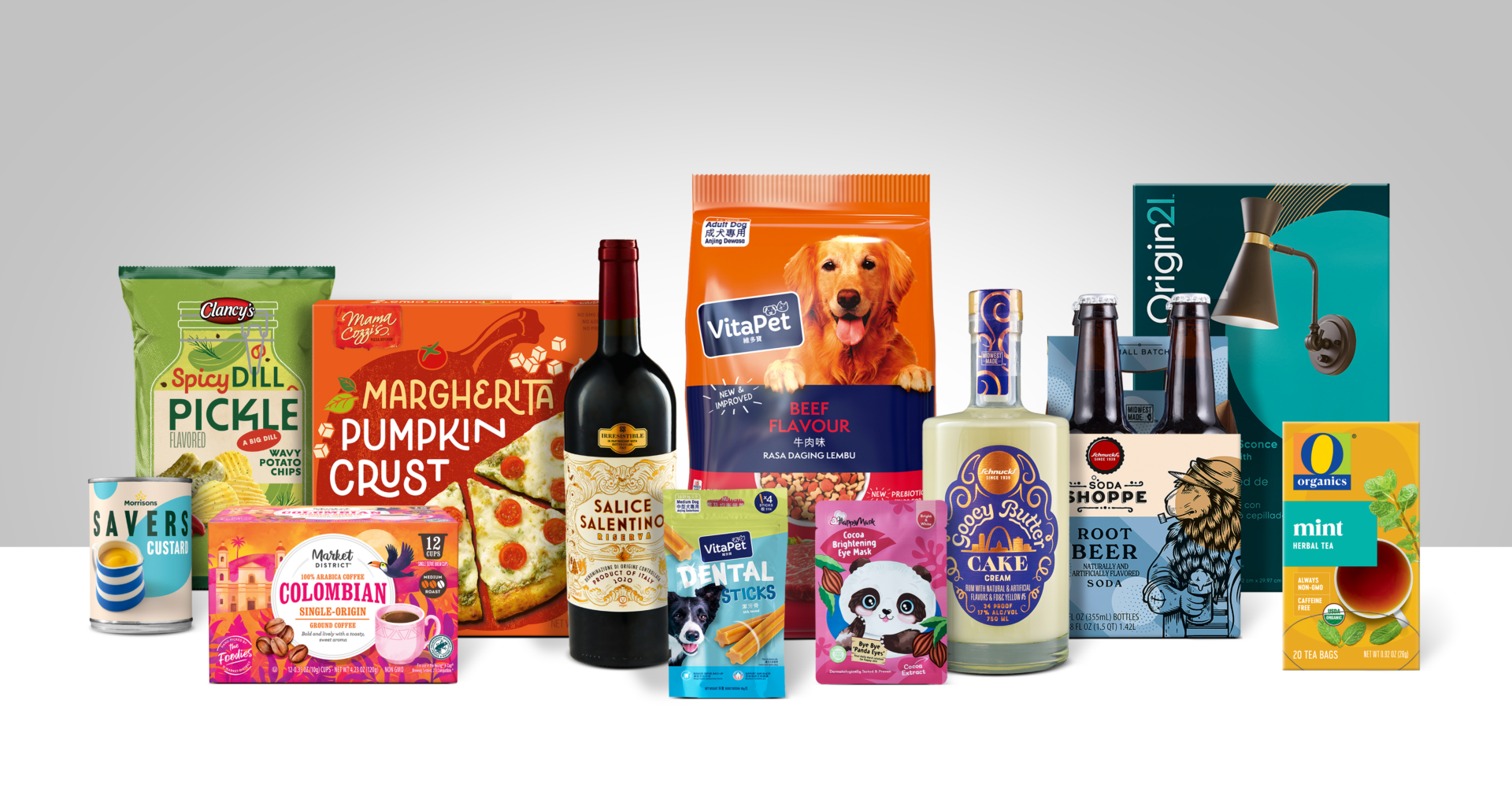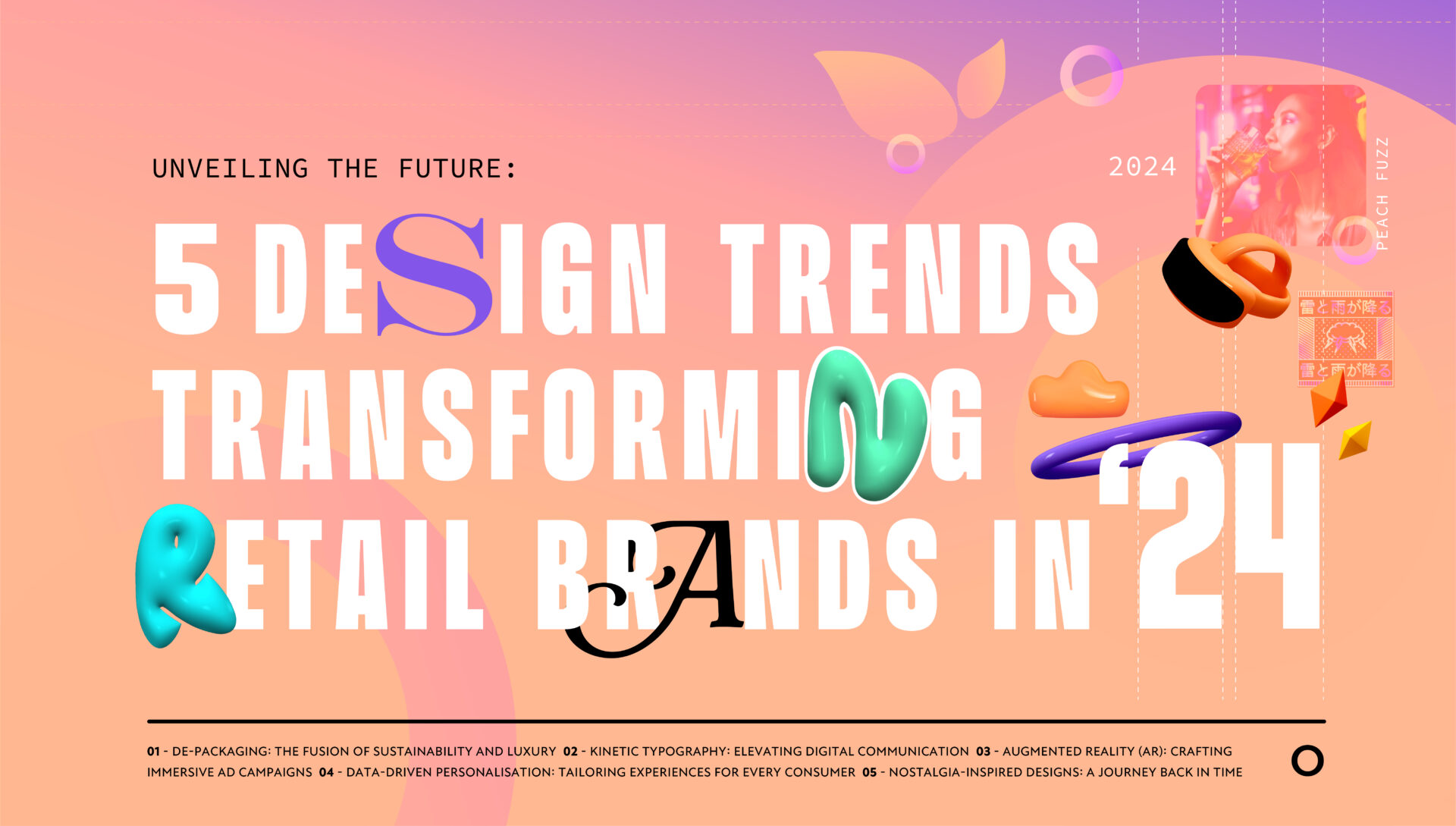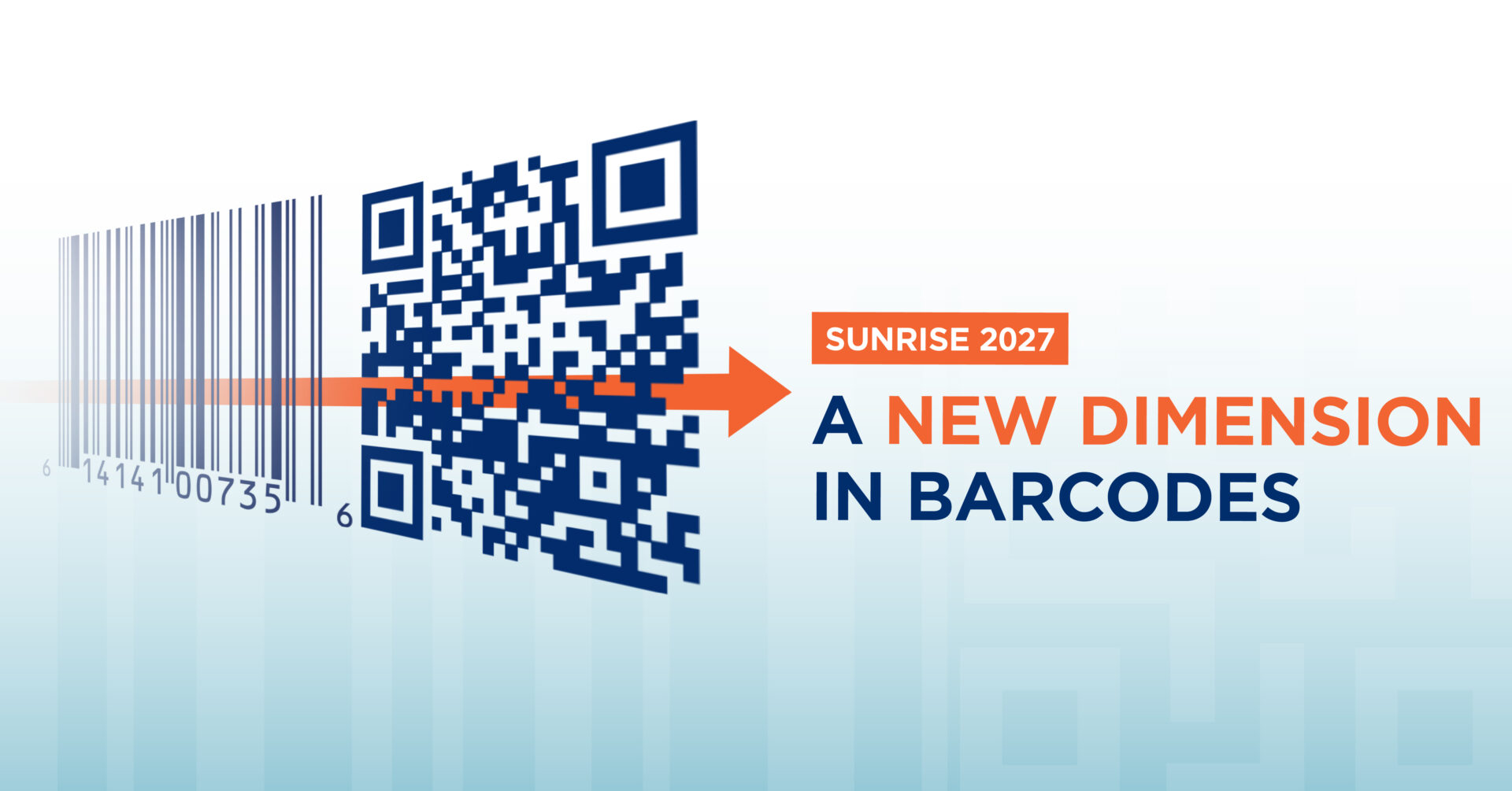“OMNICHANNEL” – EVERYONE IS SAYING IT, BUT WHAT IS IT?
Todd Schneider, Account Director, shares his views on omnichannel retailing
One thing I have learned is that “omnichannel” means different things to different people. And if you enjoy playing buzzword bingo during meetings, you are likely to win when this word shows up. The biggest source of confusion is between omnichannel marketing and omnichannel retailing. While there is overlap, having a clear understanding of both is critical to identifying the best strategies and tactics for your organization.
What’s The Difference?
Simply put, omnichannel marketing has a focus on your end customer and the desire to reach them with consistent messaging across multiple communication platforms such as traditional media, digital media, social media, PR etc.
Omnichannel retailing is all about the channels in which an organization sells its products. It’s about creating a seamless shopping experience no matter where the customer is shopping – bricks and mortar store, mobile phone or laptop computer.
To date, no one has de-coded exactly how, when and why the modern American makes a purchase.
What we do know though is that nobody today shops exclusively through a single medium.
Consumers of all generations buy online, in store and on marketplaces, from legacy retailers
and independent brands alike.
Source: https://www.bigcommerce.com/blog/omni-channel-retail/#where-consumers-sh…
Reinterpret the Shopping Experience
I’ve noticed that retailers that have their roots in bricks-and-mortar retailing often struggle with expanding into digital channels. And vice versa; online retailers struggle moving into an in-store model. This is usually because of the lack of education in the channel and the absence of a deep enough understanding of your customer. Showing up in a new retail channel is not enough. Customers are smarter than that. It’s about duplicating or reinterpreting the customer shopping experience across channels.
One of the things I love about shopping wholesalers like Sam’s Club and Costco is the treasure hunt mentality I am in when I walk through the doors. The constant change in product assortment makes every trip interesting. With my first few steps into the store, I see the big TVs and all the latest and greatest technology. Next, I walk through the aisles with wonder and anticipation to see what new products they are going to put in front of me. And, if I am lucky, there will be a demo station where I can try out the product. This mentality of trying to find something I didn’t know I needed continues throughout the entire store. And don’t get me started on the food samples. This is the experience I am talking about.
EXAMPLE: A recent example of a good omnichannel experience is Sam’s Club’s interactive holiday site using the National Lampoon’s Christmas Vacation home. Everyone LOVES this movie and it is a great way to engage and reinterpret the treasure hunt experience online. Remember the wonder and anticipation for finding presents under the tree? Well, now you can with this digital shopping experience, but this time, in the Griswold family home.
https://storebrands.com/sams-club-celebrates-store-brands-griswolds-home…
Understand the Customer’s Desired Product Experience
When thinking omnichannel, you can’t forget about the product and how the shopper engages with it. Once again, you need to understand your customer.
- Do they shop by product benefit?
- Do they shop by product attributes?
- Do we need to communicate the value equation to customers?
- Do customers rely on a store associate to help with purchase?
- If it’s a food item, do you need to provide a serving suggestion or instructions on how to prepare it?
When you understand key questions like these (and many others), you are better prepared to create a more seamless, personalized shopping experience across platforms.
This is where Equator is particularly suited to help our clients. As creative gurus, we understand the signs and symbols that make customers engage in order to create the brand/product content that supports an omnichannel strategy. Beyond the package that sits on the shelf, we often provide brand content that is platform-agnostic to support in-store and digital channels, ranging from hero product renders to editorial photography for web banners and point-of-sale, to recipe videos that dramatize the product on websites/social media.
It’s rarely a “cut & paste” exercise when transitioning between in-store and digital channels. It’s mostly an “understand and reinterpret” process, with the goal of striking the right balance of what the consumer needs most and what the channel has to offer.















